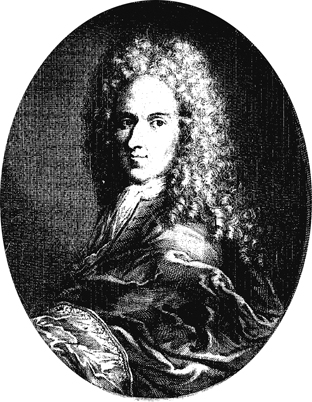<Back to Index>
- Botanist Sébastien Vaillant, 1669
- Writer Robert William Chambers, 1865
- Minister of War and Minister of Education General Sadao Araki, 1877
PAGE SPONSOR

Sébastien Vaillant (26 May 1669 – 20 May 1722) was a French botanist.
Vaillant was born at Vigny, Val d'Oise. He studied medicine at Pontoise, and then moved to Paris to practice as a surgeon, where he studied botany at the Jardin des Plantes under Joseph Pitton de Tournefort.
Vaillant was appointed to the staff of the Jardin des Plantes in 1702, becoming sub-demonstrator of plants in 1708. In his inaugural lecture, Vaillant discusses the reproduction of plants and floral organ function by making analogies with animal reproduction.
He obtained permission from Louis XIV to build a drug cabinet in the Jardin du Roi. In 1714, he obtained permission to build a greenhouse to cultivate succulents, and a second in 1717. It was he who introduced into France the use of greenhouses. In 1716, Vaillant entered the Academy of Sciences.
He became ill and too poor to publish his 'Botanicon parisiensis' (alphabetically or Enumeration of plants that grow in and around Paris) illustrated by Claude Aubriet, a fruit of 36 years of work; he left his work at Herman Boerhaave (1668 – 1738). He engraved illustrations and published it in 1727. It is a work of particular importance in the history of botany and one of the first to describe the flora known. Vaillant introduces the terms of stamen, ovary and egg in their current meaning.
All his life, Vaillant opposed to theses Tournefort; for this he was dedicated, however, a genus Valantia, that Carl von Linné (1707 – 1778) later changed to Vaillantia (family Rubiaceae). His herbarium is now kept at the National Museum of Natural History.